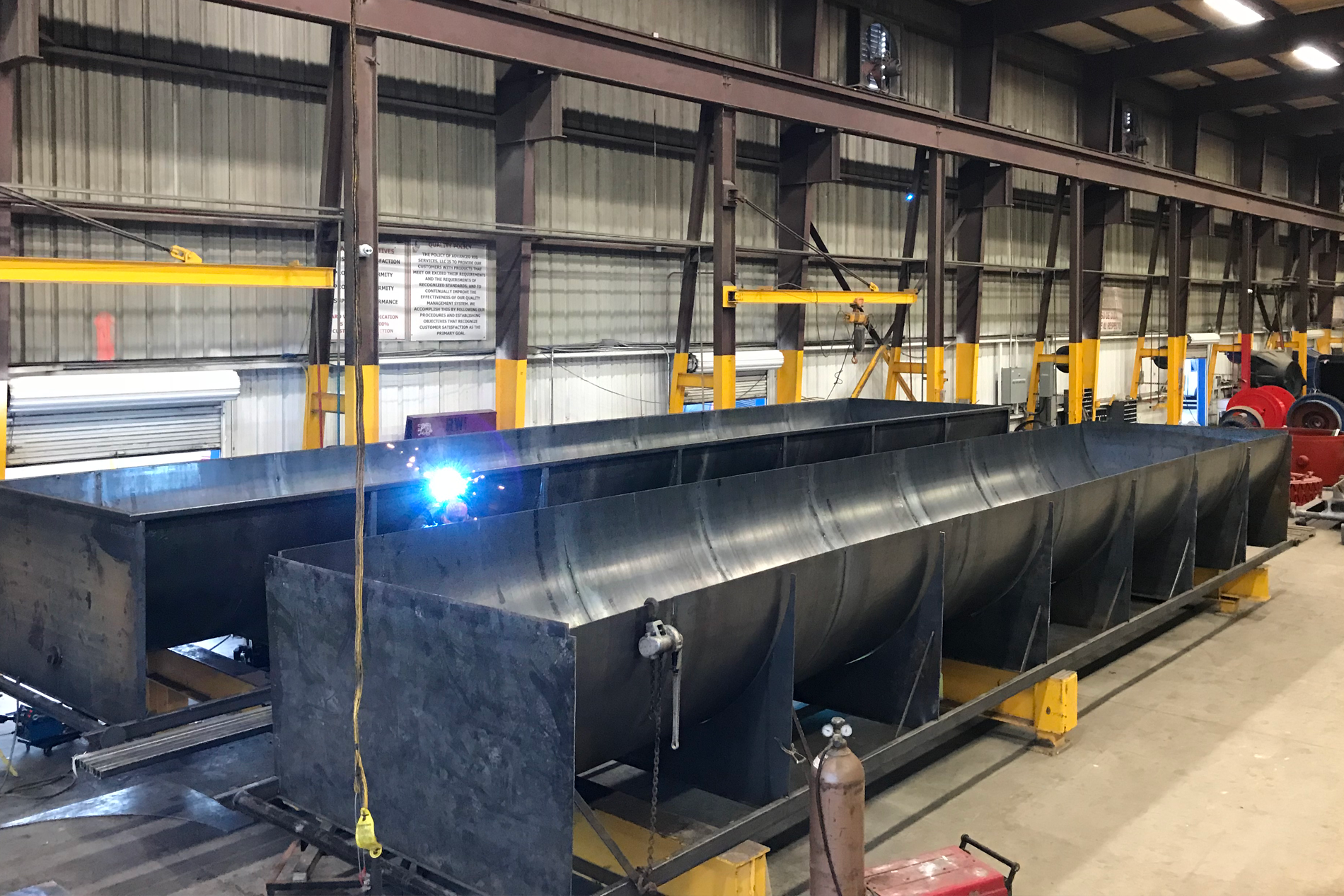Tank Fabrication

Service Overview
Fabricated tanks are containers constructed for the storage or processing of various substances, including liquids, gases, or granular materials. Fabricated tanks are commonly used across industries such as petroleum, chemical processing, water treatment, food and beverage, pharmaceuticals, and agriculture.
Throughout the fabrication process, adherence to industry standards and regulations is essential to ensure the quality, safety, and performance of the fabricated tanks.
overview of Tank fabrication process
Tank fabrication begins with detailed engineering to meet the specific requirements of the application. This includes determining the size, shape, capacity, material selection, and structural integrity necessary for the tank.
Based on the requirements of the tank and the substances it will contain, appropriate materials are selected. Common materials for tank fabrication include carbon steel, stainless steel, aluminum, and fiberglass-reinforced plastic (FRP).
Large sheets or plates of the chosen material are cut into the required shapes and sizes using various cutting methods such as laser cutting, plasma cutting, or shearing. These components are then formed into the desired shapes using bending, rolling, or other forming processes.
Welding is a critical process in tank fabrication, where the individual components are joined together to form the tank structure. Various welding techniques such as MIG (Metal Inert Gas), TIG (Tungsten Inert Gas), or submerged arc welding may be employed, depending on the material and design requirements.
Once the individual components are fabricated and welded, they are assembled into the final tank structure. This may involve fitting components together, welding additional seams, and attaching fittings such as nozzles, manways, and support structures.
Quality control is essential in tank fabrication to ensure the structural integrity and safety of the finished product. Tanks may undergo various tests such as hydrostatic testing to check for leaks and pressure testing to verify the strength of welds and materials. Non-destructive testing methods like ultrasonic testing or radiographic testing may also be used to inspect welds for defects.
Once fabrication and testing are complete, the tank may undergo surface treatment such as sandblasting or chemical cleaning to remove any contaminants and prepare the surface for finishing coatings such as paint or corrosion-resistant coatings.
Finally, the finished tanks are transported to the installation site and positioned according to the project requirements. Installation may involve additional steps such as anchoring, insulation, and connection to piping or other systems.
